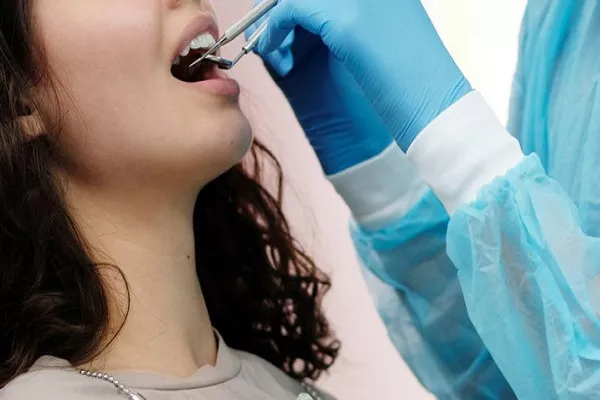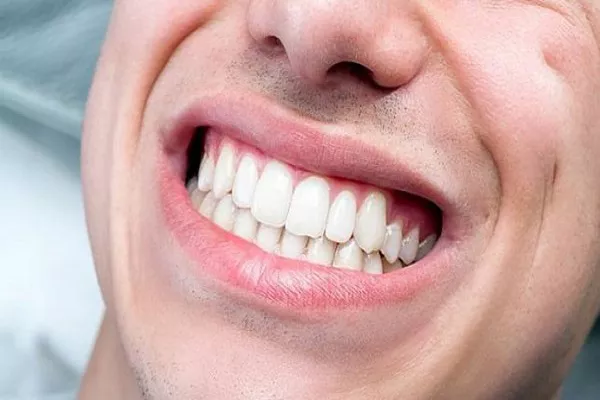Periodontal gum disease, a prevalent oral health concern affecting millions globally, demands immediate attention and effective strategies for successful treatment. In this comprehensive guide, we’ll delve into key aspects of periodontal gum disease, exploring professional tips and evidence-based methods to facilitate its cure.
Understanding Periodontal Gum Disease: Unraveling the Basics
Periodontal gum disease, commonly known as gum disease, is a serious infection affecting the gums and the surrounding structures of the teeth. It often starts as gingivitis, characterized by inflammation and bleeding of the gums. If left untreated, it progresses into periodontitis, causing irreversible damage to the bone and tissues supporting the teeth.
a. Identifying Symptoms and Early Detection
Recognizing the signs of periodontal gum disease is crucial for early intervention. Common symptoms include persistent bad breath, swollen or bleeding gums, and loose teeth. Regular dental check-ups and professional cleanings are essential for early detection, allowing prompt treatment to prevent further complications.
b. The Role of Plaque and Tartar in Gum Disease
Plaque, a sticky film of bacteria, is a primary contributor to gum disease. When plaque hardens into tartar, it becomes challenging to remove through regular brushing. Professional dental cleanings are vital to eliminate tartar and prevent its detrimental impact on gum health.
c. Link between Systemic Health and Gum Disease
Recent research suggests a strong connection between periodontal gum disease and systemic health issues such as heart disease and diabetes. Addressing gum disease not only improves oral health but may also contribute to overall well-being.
Effective Oral Hygiene Practices: Building a Foundation for Gum Health
Achieving optimal oral hygiene is paramount in the battle against periodontal gum disease. Implementing effective practices lays the foundation for preventing and curing this condition.
a. Thorough Brushing Techniques
Brushing teeth twice a day using fluoride toothpaste is essential. Emphasize gentle circular motions to ensure thorough cleaning while being mindful of gum sensitivity.
b. Importance of Regular Flossing
Flossing is often underestimated but plays a pivotal role in preventing gum disease. It removes plaque and debris from areas unreachable by a toothbrush, contributing significantly to gum health.
c. Antibacterial Mouthwash as a Supplement
Incorporating an antibacterial mouthwash into the oral hygiene routine can aid in reducing bacteria and promoting a healthy balance in the oral microbiome. Consult with a dentist to choose the most suitable product.
Professional Treatments for Periodontal Gum Disease: A Dentist’s Arsenal
Seeking professional dental care is crucial for effective treatment of periodontal gum disease. Dentists employ various strategies to halt the progression and reverse the damage caused by this condition.
a. Scaling and Root Planing
This non-surgical procedure involves the removal of plaque and tartar from the teeth and smoothing the tooth roots to prevent bacterial reattachment. It is a cornerstone in treating periodontal gum disease.
b. Antibiotics for Targeted Bacterial Control
Dentists may prescribe antibiotics to combat the bacterial infection associated with gum disease. This targeted approach enhances the effectiveness of treatment and aids in preventing recurrence.
c. Surgical Interventions for Advanced Cases
In severe cases of periodontitis, surgical procedures like flap surgery and bone grafts may be necessary to repair damaged tissues and restore oral health. These interventions are typically conducted by periodontal specialists.
Lifestyle Modifications: Supporting Gum Health Beyond the Dentist’s Chair
Beyond professional treatments, adopting a lifestyle that promotes overall well-being contributes significantly to curing periodontal gum disease and preventing its recurrence.
a. Nutritional Choices for Gum Health
A diet rich in vitamins and minerals, particularly vitamin C, supports gum health. Incorporate foods like fruits, vegetables, and lean proteins to bolster your body’s ability to combat infection.
b. Avoidance of Tobacco Products
Smoking and the use of tobacco products are known contributors to gum disease. Quitting these habits not only promotes gum health but also improves overall oral and systemic well-being.
c. Stress Management for Oral Health
Chronic stress can compromise the immune system, making individuals more susceptible to infections, including gum disease. Incorporating stress management techniques such as meditation or yoga can positively impact gum health.
Conclusion:
In conclusion, successfully curing periodontal gum disease requires a multi-faceted approach encompassing early detection, effective oral hygiene practices, professional dental treatments, and lifestyle modifications. By combining these strategies, individuals can not only halt the progression of gum disease but also work towards restoring and maintaining optimal gum health. Prioritizing regular dental check-ups and embracing a proactive approach to oral care are pivotal steps towards a gum disease-free future.
Related Links:
Why bleeding gums during pregnancy?
Is gingivitis a bacterial infection?
How is gingivitis transmitted?





























